INTRODUCTION
Simple machines are devices that make work easier by magnifying/multiply or changing the direction of the force.
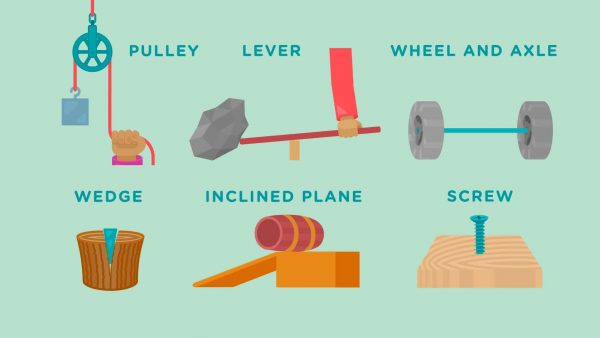
Types of simple machines
there are 6 vital variety of simple machines which are the pulley, lever, wedge, wheel and axle, screw & the inclined plane ( I will explain each machine in detail )
The pulley (fixed pulley & movable pulley)
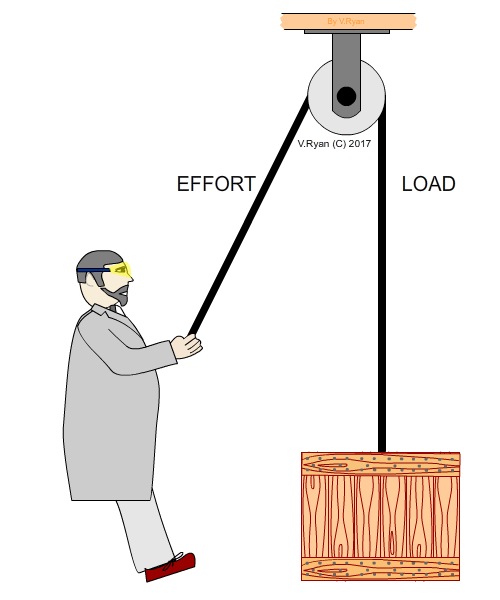
a pully is a wheel which has a grooved edge
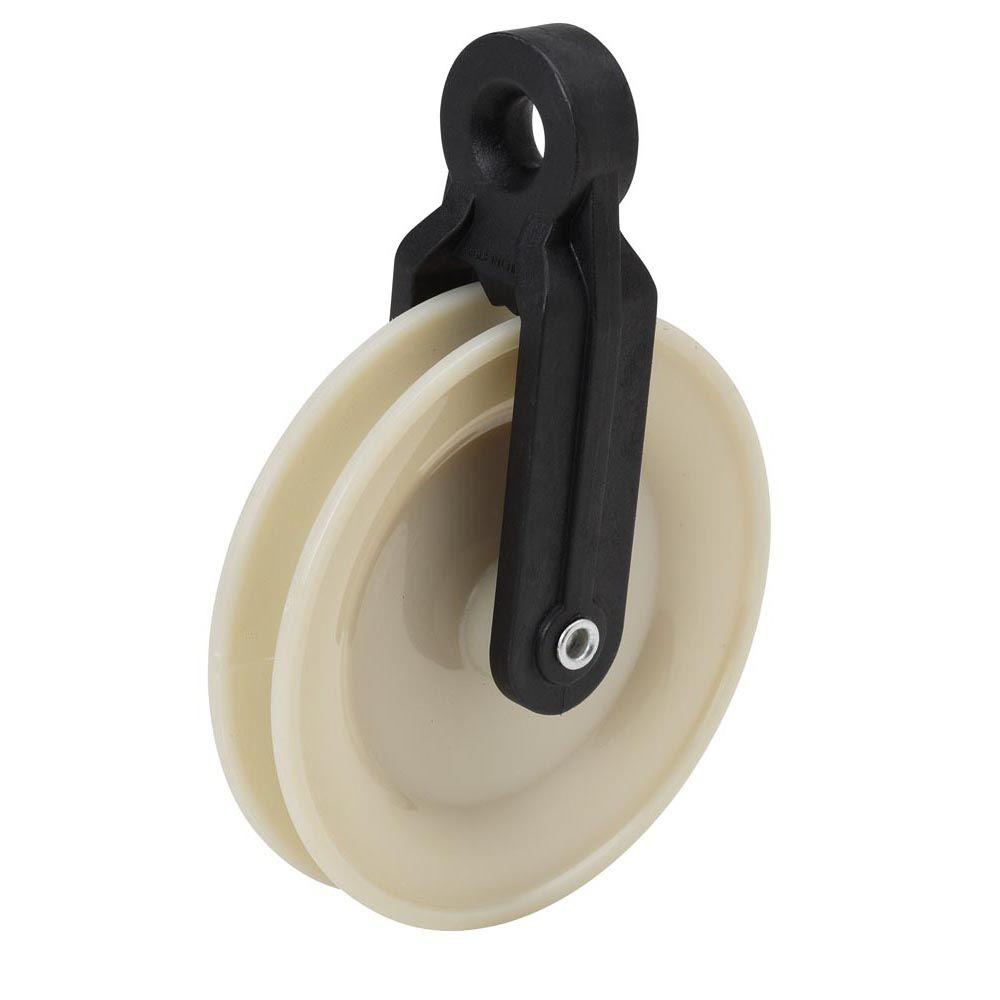
and a rope can be inserted in the grooved edge of the pulley. One side of the rope can be tied to the load and the other side will be held to pull the load up.
Remember: that the pulley will change the direction of the force. If you observe that we are pulling the rope down and the load goes up
Remember: the effort needs to be equivalent to the load, and a fixed pulley will be fixed to a rod.
s
Movable pulley
is not fixed to rod and makes work easier than the fixed pulley and the effort only needs to be half of the load.
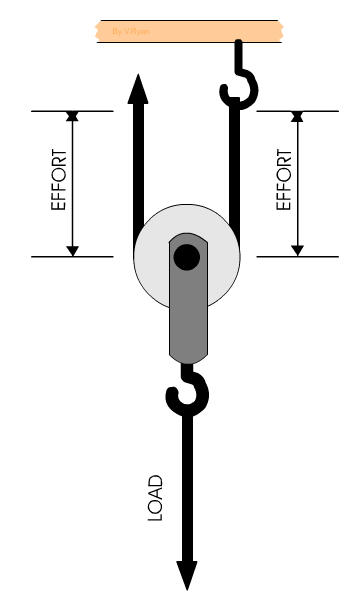
how a movable pulley makes work easier is the entire load is supported with the pulley in the center of the rope.
( the pulley attached to the 30kg weight )
who invented a pulley :
The first home to the pulleys was Ancient Egypt, in the age of the Twelfth Dynasty (1802-1991 BCE), and Mesopotamia in the
(1001 BCE-2000 BCE), and In Roman Egypt, Hero of Alexandria
( 10-70 CE) identified the pulley as one of six simple machines used to lift weights
Levers
The lever is also one of the six simple machines which are very often used these days, and did you know there are three types of lever, but first we need to know about 4 main properties of a lever.
- lever: is a rod or a stick that helps lift heavy things.
- load: is put on one side of the lever. (middle/left/right)
- effort: is where you put in your effort to lift the load.(middle/left/right)
- fulcrum/pivot: is a fixed point with which the lever moves upon
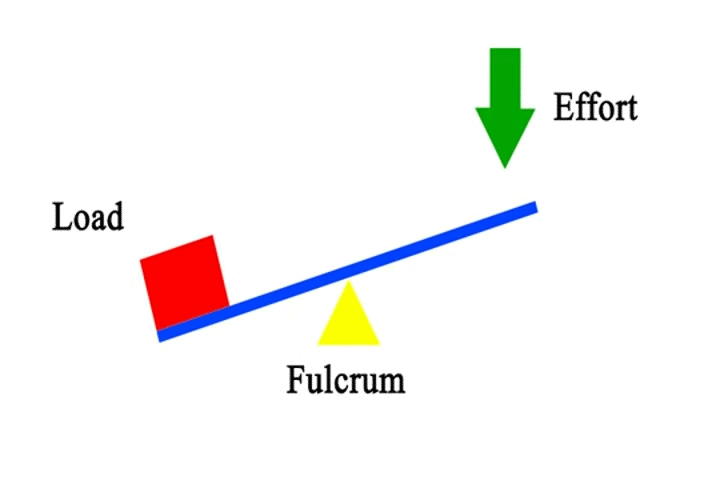
If you distinguish that the fulcrum does not move.
The first-class lever
In the first-class lever, you will notice that the fulcrum is located in the center of the load and effort.
Here are some example of first-class levers

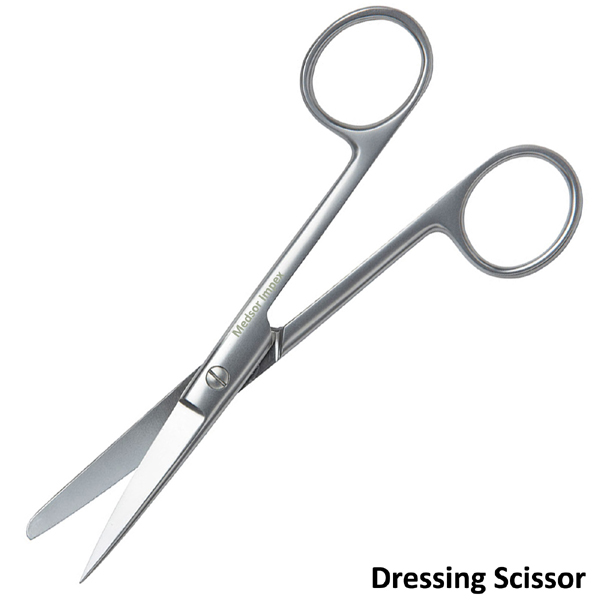
Second-class levers
in the second class levers you will notice that the load is in the middle.
some examples of 2nd class levers are.

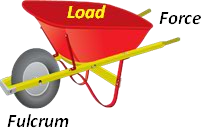
The third-class-lever
In the third-class-lever, instead of the load or fulcrum in the middle the effort in the middle, and some examples of third-class-levers are…

who invented the lever :
The earliest remaining and writings say that the levers date from the 3rd century BCE and were provided by Archimedes.
The inclined plane
the inclined plane is mostly known as the ramp helps to get a heavier thing to a higher surface area.
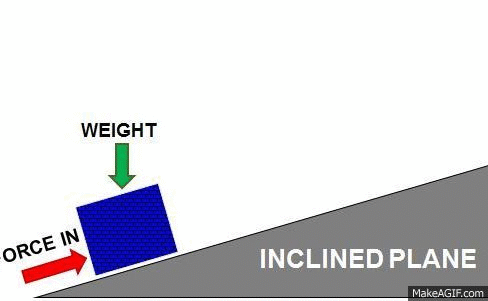


If you observe that instead of lifting and putting up on a higher surface sliding it to higher ground is easier.
Remember: that the height of an inclined plane<the length of an inclined plane. Also, remember that sliding is always easier than lifting things.
who invented an inclined plane :
literally speaking, no one invented the inclined plane, since the actual object is present in nature and was being used even before the inclined plane was understood.
Wedge
The wedge is nothing but two inclined planes together which separates a thing, so what the wedge does is that is the force is being applied on top of the wedge and the sharp end of the wedge separates the load.

some examples of a wedge are…

A grader: separates little pieces of the
whole (butter, carrot, beetroot, etc)

Knives are not two inclined planes but the
knife also follows one other criterion, knives separate.
who invented the wedge :
The origin of the wedge is unknown because it has been in use as early as the Stone Age. Circa 3000 BC, then in Ancient Egypt quarries, bronze wedges were used to break away blocks of rock used for construction. Did you know that wooden wedges, that swelled after being wet, were also used. Some American tribes used antler wedges as a means of splitting and working wood to make canoes, houses, and other wood objects.
The wheel and axle
The wheel and axle is everywhere you see wheel and axle is one of the most used simple machines in these days
An axle is a rod that holds a wheel
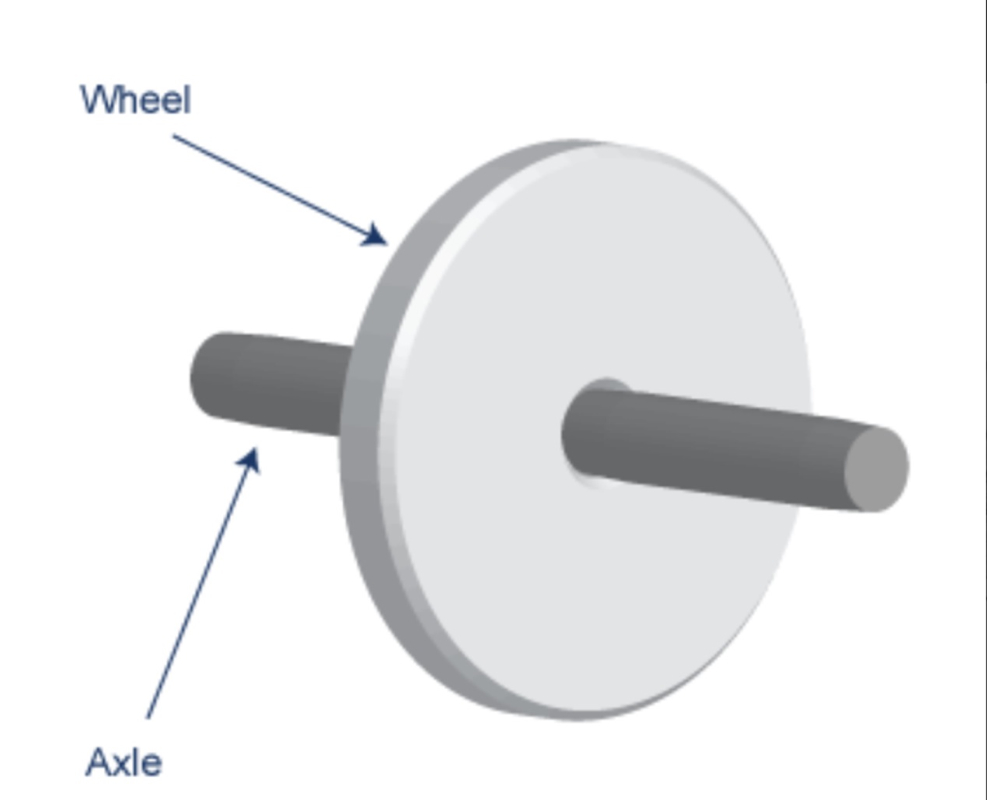
If you question me that why wheel axles were invented when we could slide, but yet sliding will have friction, so people invented wheels which can reduce friction.
Some examples of wheel and axles are…

A cart
The London eye
who invented a wheel&axle :
Historians believe the wheel and axle dates back over 5,500 years ago and was probably first developed in the Middle East or possibly north, in Eastern Europe. It’s considered one of the six simple machines, along with the lever, pulley, inclined plane, wedge, and screw.
The screw
A screw is an inclined plane wrapped around a cylinder. The screw will make work easier by converting rotational motion to linear motion.
some examples of the screw are…
The jackscrew

bottle lid.
who invented a screw :
probably invented in Greece in the 1st or 2nd century BC, has been used since the days of the Roman Empire for pressing clothes. In the 1st century AD, wooden screws were used in wine and olive-oil presses, and cutters (taps) for cutting internal threads were in use.




So exactly how does a pulley make work easy? You said the effort must be the same as the load. Aren’t we trying to reduce the effort?
LikeLike